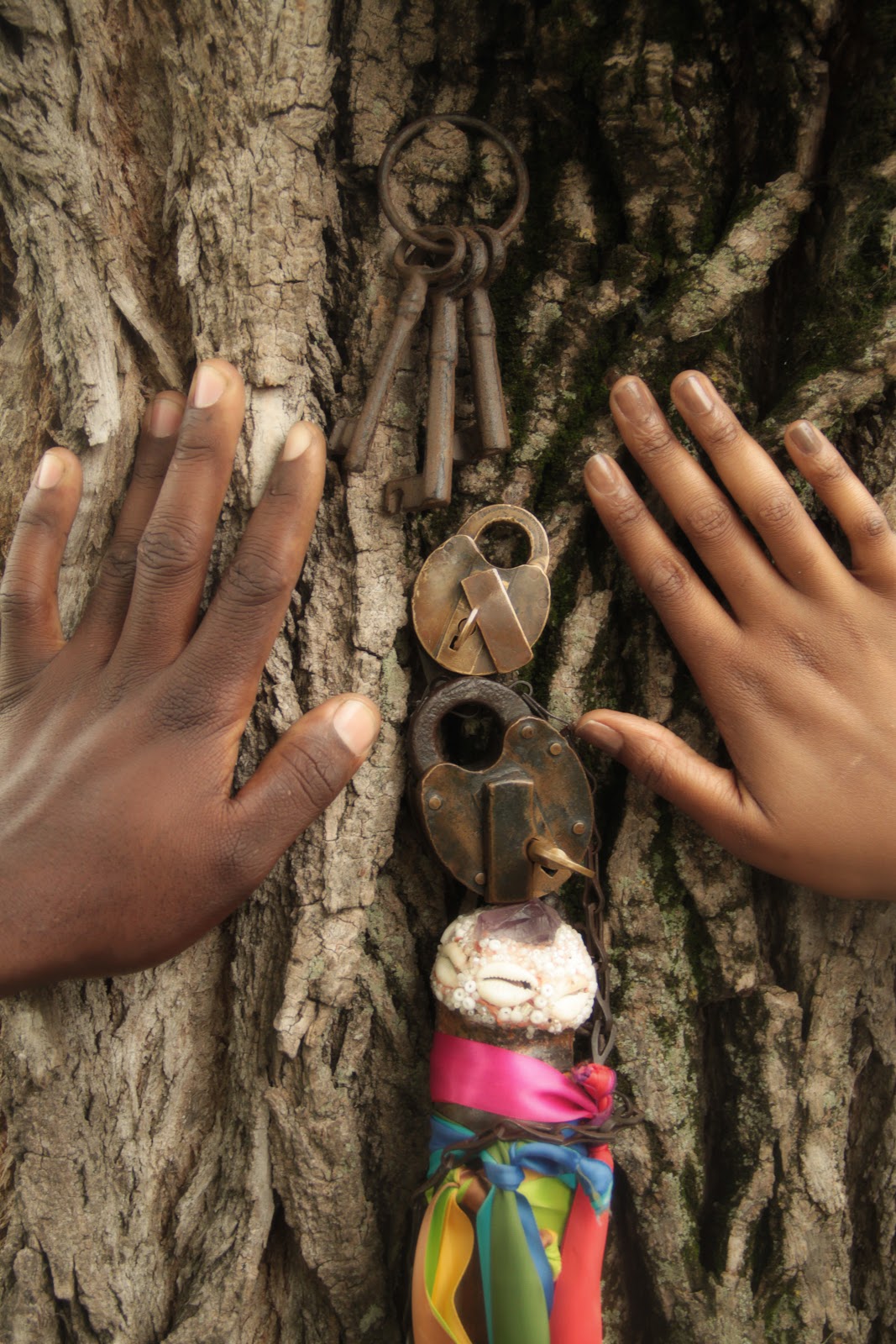Harriet: Watched on November 30, 2019 in Brooklyn, NY
The movie starts with Minty’s master refusing to give Minty and her family the freedom her and her family rightly deserve. This leads to Minty praying for her master to die if god can’t get through to him, and a few days later he does. The master’s son overheard Minty when she was praying so he decides to sell her because he blamed her and god for his father’s death. Minty refused to be sold, so she decided to run. The movie then shows her journey to freedom, and the turmoil and chaos that she fought through in order to make enslaved Africans free. Throughout the movie we see how God is speaking to Harriet allowing her to complete her mission of freeing her people.
A part that I liked was when “Minty” aka Harriet Tubman was leaving and saying goodbye to her mother and she did it through song. And then her mother joined her while one of the masters was looking for her so it threw him off her scent. I think this was a good part because it depicted how slaves during this time communicated through songs. It was what helped them to make it through the hard times and also gave them hope for a better day. We see throughout the film when she becomes an underground railroad conductor and uses these spirituals to signal to slaves when she’s in the area and ready to help those who wanted to escape. In a way it reminded me of 12 Years a Slave when Soloman finally decided to start singing. It showcased how music represented liberation, self-expression, and hope, which is something I think the music in Harriet also displayed.
Overall I enjoyed the movie. I think that the movie was able to really show Harriet’s fighting spirit. She never gave up and continued to fight for what she believed and wanted. This is similar to Gabriel’s Rebellion because although he wasn’t successful, he was very adamant and fought for what he wanted. He spent months planning for his rebellion and speaking with folks all over Virginia. I also think the movie did a good job of showing her as the hero that she is but it also showed how she was an actual person with feelings and issues outside of this heroic image. The same goes for Gabriel in the sense that he should be treated as an actual person with feelings and has the right to be commemorated and honored as such. I can easily see how MK used this movie to influence our class and the analysis we did throughout the course.
One question that I had was why did the director choose not to elongate certain scenes or depict all emotions from a particular event or moment? There were some moments that I felt should have portrayed more emotion from the actors, causing the audience to feel a bit more provoked. Why was this not done? Was the director holding back?
